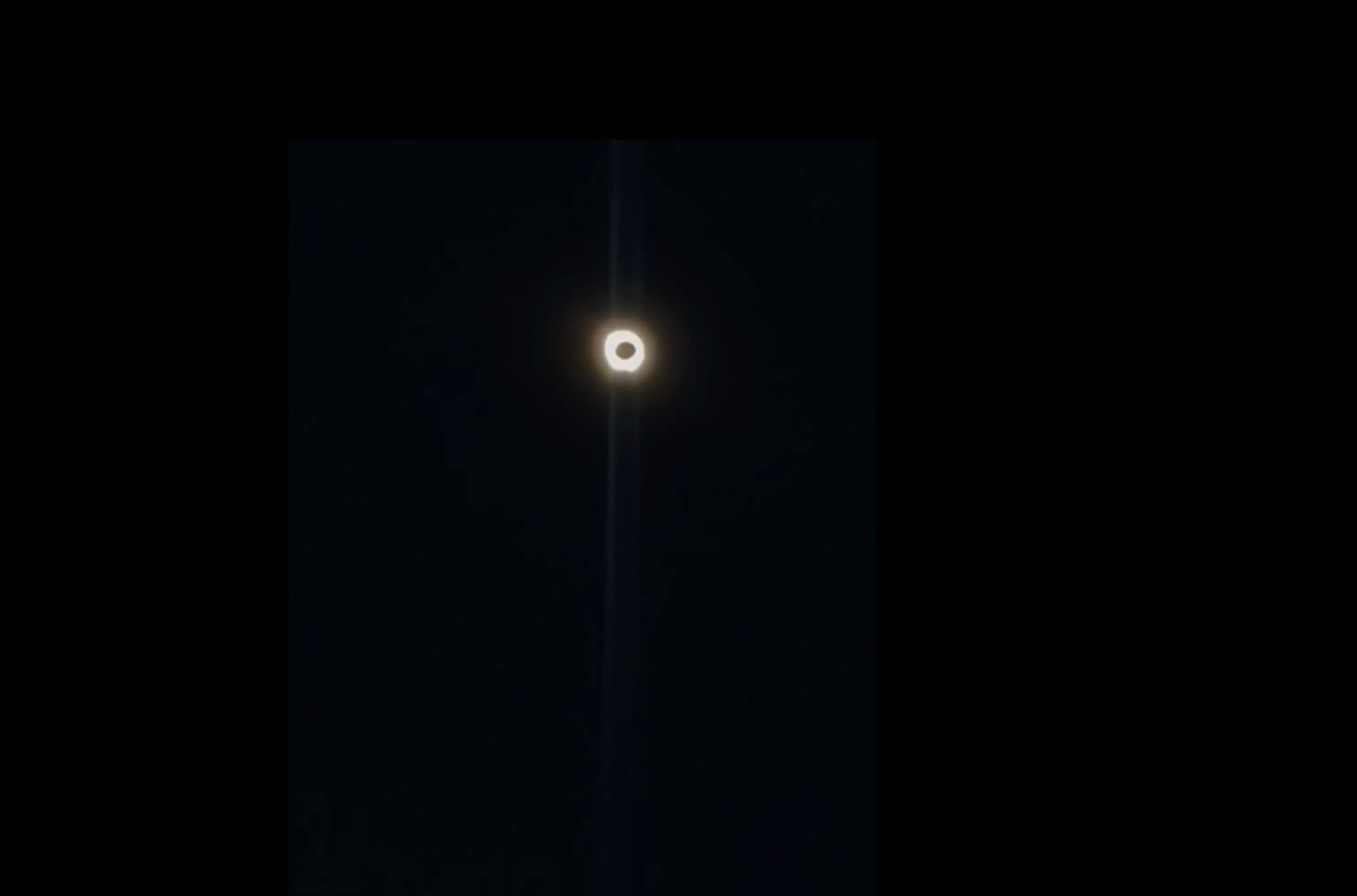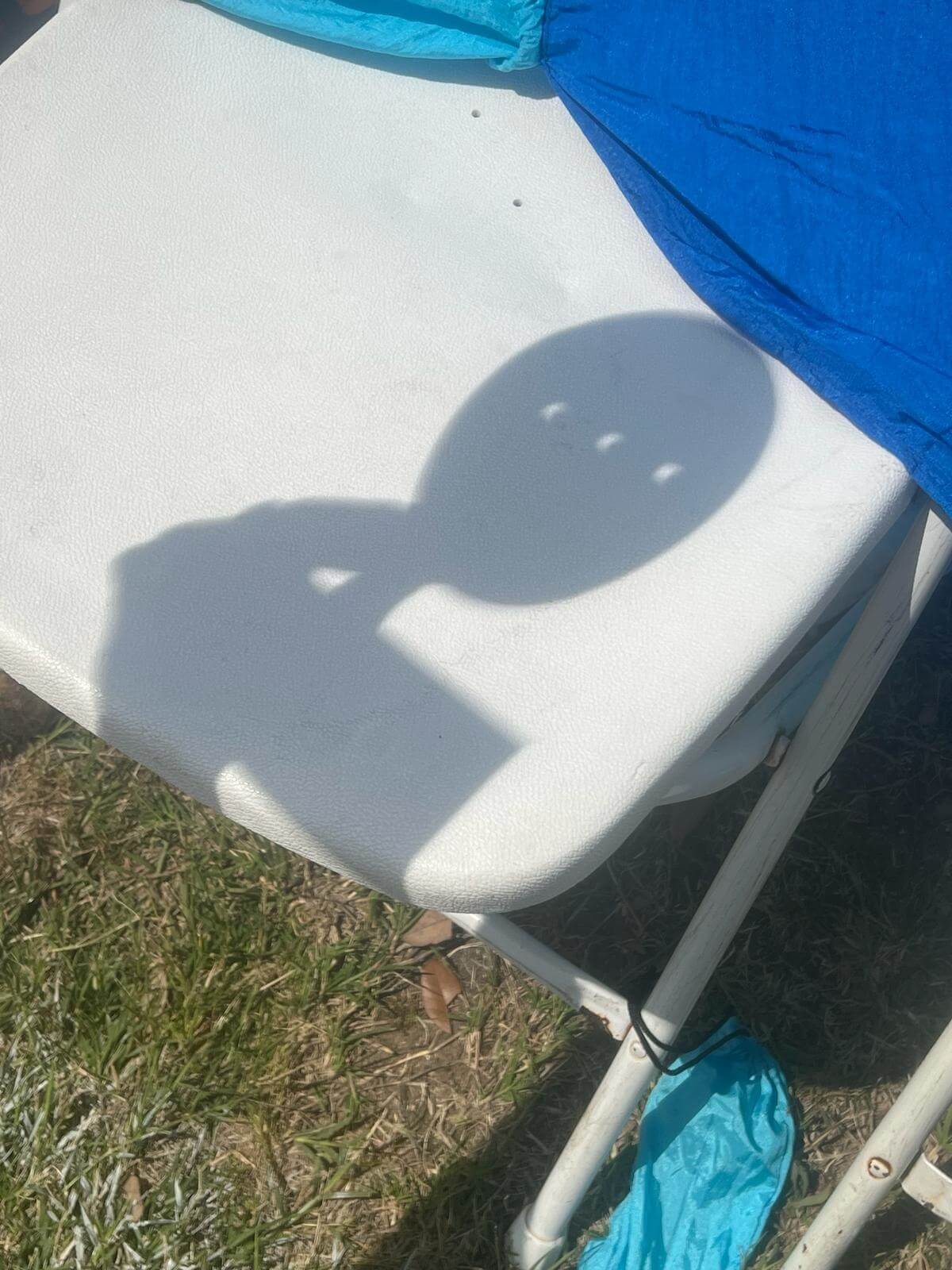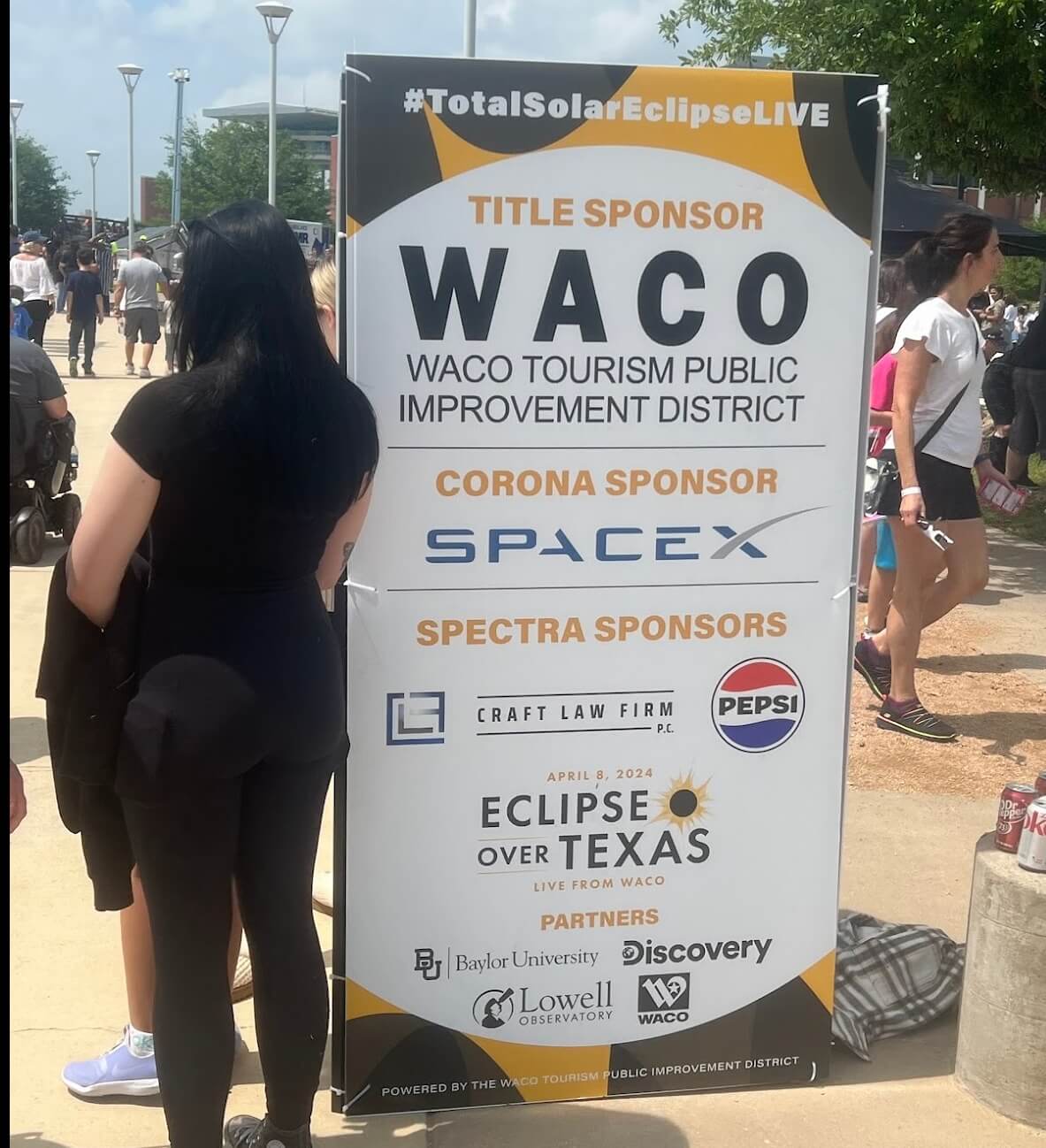Experiences of the April 8 solar eclipse from the solar eclipse at Baylor University campus in Waco Texas, where the eclipse lasted 4 minutes and 13 seconds, almost the maximum possible

A total solar eclipse at a certain point is like winning the lottery. The solar eclipse that occurred this week (April 8, 2024) passed over many populated areas from Mexico to Canada.

One of these cities is Waco, Texas, which also happens to be a university city - home of Baylor University, where a festival was held with the participation of 11 thousand spectators.
The event was organized by Baylor University, which also hosted it in the courtyard of McClain Stadium, the home of the university's sports teams, in collaboration with the Lowell Observatory in Arizona, and of course NASA, which used the location as part of the live broadcast it held along the path of the eclipse.
At the event, it was possible to see whole families with the children ready with equipment for observation and to spend several hours in the hot sun, for example, a family from Florida sat next to us, whose father said that he brought his young children not only to see the phenomenon of nature but also to attract them to engage in STEM fields, especially space . In the NASA pavilion there were many children who received explanations from the scientists, most of them young doctoral students, and played games related to Levi.
The weather also cooperated. Two days before the event, torrential rain fell in all of central Texas, and the forecast was that it would continue into the day of the eclipse, but eventually the skies cleared and the strong storm eventually began a few hours after the eclipse ended.
The eclipse, which lasted at this site for about 4 minutes and 12 seconds, close to the possible record of 4 minutes and 28 seconds, occurred at 13:42 p.m. local time. During the morning, the participants heard popular lectures about astronomy - about solar and lunar eclipses, about planets outside the solar system, the possibility of life and more. This is while watching the waxing moon and eating the sun with the special glasses, and this year also an innovation - lenses for cell phone cameras, which the writer of these lines also purchased on Amazon, and made it possible to photograph the phases of the eclipse safely.
As the peak of the eclipse approached, the lighting gradually changed, the shadow we cast on the ground took on a somewhat strange shape, and finally, we risked wearing glasses on the sun and suddenly a strong point of light, visible and also known as the diamond ring, testified to the beginning of the eclipse and the possibility to take off the glasses and watch the hybrid light in the sky, which looks like a pretzel Relatively thick with the "hole" being the moon and the cover being the corona of the sun (corona) in light of the children's exclamations of admiration.
Because the eclipse this time was twice as long as the one in August 2017, the sky had enough time to go completely dark, despite sunlight being reflected from sites on Earth outside the eclipse's path. This time we will also see the planet Jupiter on the side of the double light, which is almost behind the sun, so it cannot be seen from the earth at the moment.
Eventually the moon came back from the other side of the sun and it initially became a thin crescent, which grew thicker for a little over an hour until the sun came back from the other side of the moon.
There is no doubt that the viewers left with a feeling of admiration and who knows, some of the children will want to be scientists or inventors, among other things they might find a job with the largest space employer in Texas - Elon Musk, and the other employer - the Johnson Space Center in Houston.
This is the third eclipse I've watched and the experience only gets better from eclipse to eclipse.
Soon we will publish an interview with Prof. Larry Wasserman of the Lovell Observatory in Flagstaff, Arizona, who was a student of none other than Carl Sagan at Cornell University.

